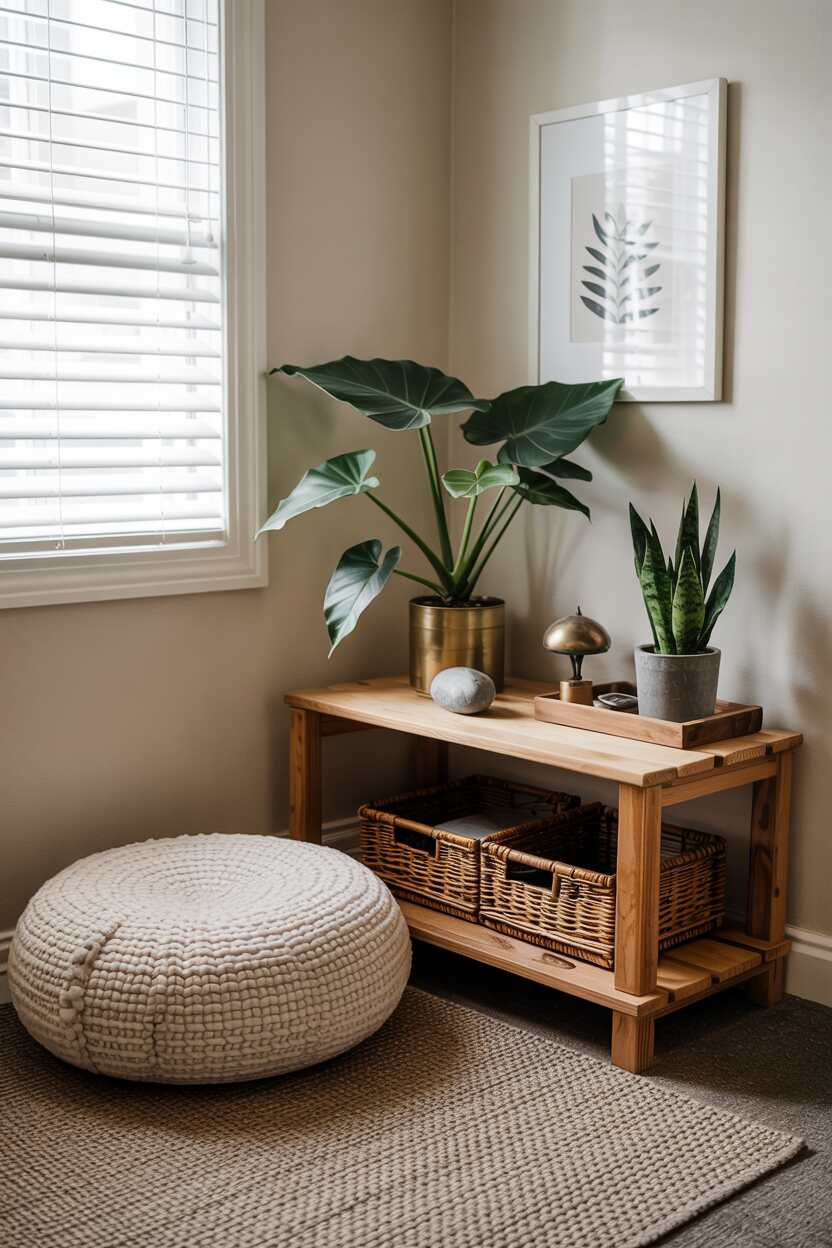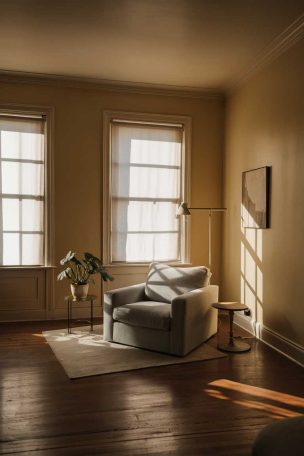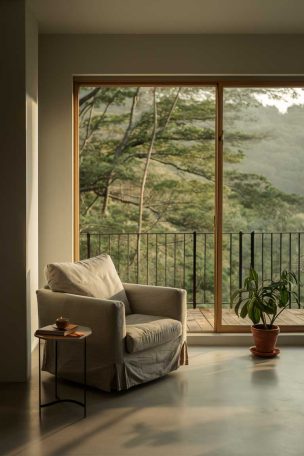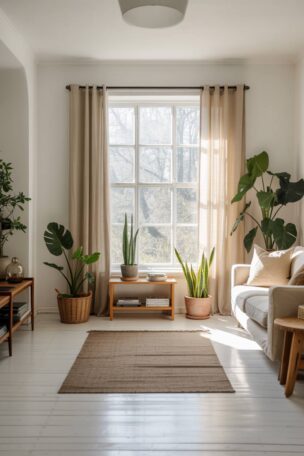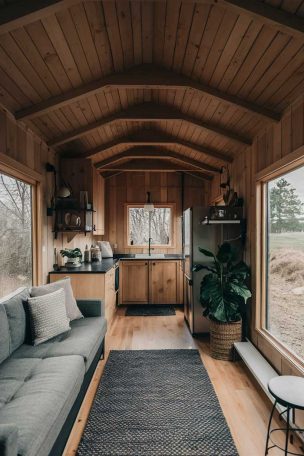In our busy world, finding ways to simplify life can improve one’s mood, boost productivity, and bring calmer days.
If you’ve ever wondered how to simplify your life, the process often starts with small, intentional changes that make a big impact over time.
This guide outlines practical ways to reduce unnecessary items in various parts of your life—from computer screens to living spaces, how you use time, and your daily habits.
By simplifying life in these key areas, you can create more space for what truly matters.
Making life simpler can lower stress and make you happier overall.
The following sections offer tested strategies to help you build a more focused, purposeful way of living.
Digital Space Simplification
Our digital spaces can become as messy as our physical ones, often with bigger effects on how we feel.
The average person now uses nine different devices, causing digital stuff to pile up without us noticing.
Starting With Device Home Screens
When you begin to clean up your digital life, start with what you see first—your device home screens. Try:
- Removing old apps you no longer use
- Putting icons in groups that make sense
- Making tools you use often easy to reach
Your home screen sets the mood for your whole digital day.
A clean, thoughtful layout can make you feel more at ease right away.
Creating Logical File Systems
Making a sensible folder system is key to digital organization.
By sorting digital content into well-labeled folders, you can find what you need much faster:
- Create main folders for broad categories
- Make sub-folders for specific topics
- Use clear names that make sense to you
Using the same naming style for files and folders makes searching even easier, turning what was once a digital mess into a system that works for you.
Scheduling Digital Maintenance
Just like physical spaces, digital areas need regular upkeep. Try:
- Setting calendar alerts for weekly inbox cleanup
- Monthly cloud storage reviews
- Seasonal app evaluations to remove what you don’t use
This proactive approach turns digital cleanup from a huge project into a simple routine task.
Physical Space Clearing
Physical clutter takes up space in your home and creates mental weight.
Breaking the process into small steps makes it much more doable.
Beginning With Small, Contained Areas
Start your clearing journey with a small, contained area like a kitchen drawer rather than trying to do a whole room:
- Pick one drawer, shelf, or surface
- Complete it fully before moving on
- Celebrate each small win
The quick change of a single drawer provides motivation that can carry you through bigger projects.
Two-Phase Approach: Deciding First, Organizing Second
One key insight is that clearing and organizing are different steps that shouldn’t happen at the same time:
- First, decide what to keep vs. what to let go
- Only after reducing your things should you organize what stays
The one-year rule works well: if you haven’t used something in the past year, it’s usually time to let it go.
For truly special items, create a designated box for each family member.
Strategic Placement of Belongings
A basic principle of simpler living is keeping items you use daily in easy-to-reach places while storing less-used things elsewhere:
- Put everyday kitchen tools in the front drawers
- Store special occasion items in higher cabinets
- Place seasonal items in less accessible storage
This smart placement makes daily tasks flow better and creates less friction.
Time Management Made Simple
How you handle your limited time greatly impacts your sense of control and fulfillment.
Written To-Do Lists
One of the simplest yet most powerful time tools is the basic to-do list:
- Write down tasks instead of trying to remember them
- Cross off completed items for a sense of progress
- Review and update your list daily
A visual list helps you spot what matters most, track what you’ve done, and stay focused on what counts.
Grouping Similar Tasks Together
Doing similar tasks in batches greatly improves how much you can get done:
- Handle all emails during one time block
- Make all phone calls together
- Run errands in a logical geographic order
By focusing on one type of task during a set time, you can think more deeply and get better results in less total time.
Building Buffer Time Into Schedules
Good time management isn’t about packing every minute but creating a plan that allows for both planned activities and unexpected events:
- Add 15-30 minutes between meetings
- Plan to finish tasks earlier than deadlines
- Leave open spaces in your day
This balanced approach lowers stress while keeping you productive, creating a system that works long-term.
Separating Urgent From Important Tasks
A crucial time skill is telling the difference between tasks that feel urgent versus those that truly matter for your main goals:
- Create a matrix of urgent/important tasks
- Schedule time for important but not urgent work
- Limit how much time goes to urgent but unimportant tasks
This awareness stops busy work from crowding out meaningful progress on what truly matters.
Streamlining Daily Routines
Your daily habits form the foundation of your life.
Making these recurring activities more efficient creates lasting benefits.
Morning Rituals That Set a Positive Tone
How you start your day shapes everything that follows:
- Begin with mindfulness or gratitude practices
- Eat a nourishing breakfast
- Set 1-3 main priorities for the day
This purposeful start improves focus and output all day, making you less likely to just react to whatever comes up.
Technology-Free Periods
Always being connected takes a toll on thinking and emotions. Try:
- No screens for 30 minutes before bed
- Device-free meals
- Morning hours without digital interruptions
The blue light from screens interferes with sleep, making a screen-free time before bed especially helpful. Replace screen time with reading, quiet thinking, or calming activities.
Food Preparation Strategies
Food prep takes significant time and mental energy when done without planning. Try:
- Deciding on meals for the week ahead of time
- Prepping ingredients on weekends
- Making extra portions for future meals
This forward-thinking approach eliminates the daily “what’s for dinner?” question and makes healthy eating easier during busy times.
Environment-Specific Habits
Developing steady routines for specific places—home, work, commuting—reduces decision fatigue:
- Create a consistent morning sequence
- Develop standard work, startup, and shutdown routines
- Establish regular evening wind-down habits
When certain activities become automatic through practice, they need less conscious attention, saving mental energy for more complex or creative work.
Less is More: Minimalist Living Approaches
Minimalism goes beyond looks to include a thoughtful approach to what you buy, own, and how you use your spaces.
Focus on Quality Over Quantity
A central idea of minimalist living is keeping only items that provide real use or joy:
- Evaluate each possession for its true value to you
- Choose fewer, better-quality items that last longer
- Let go of things kept out of obligation or “just in case”
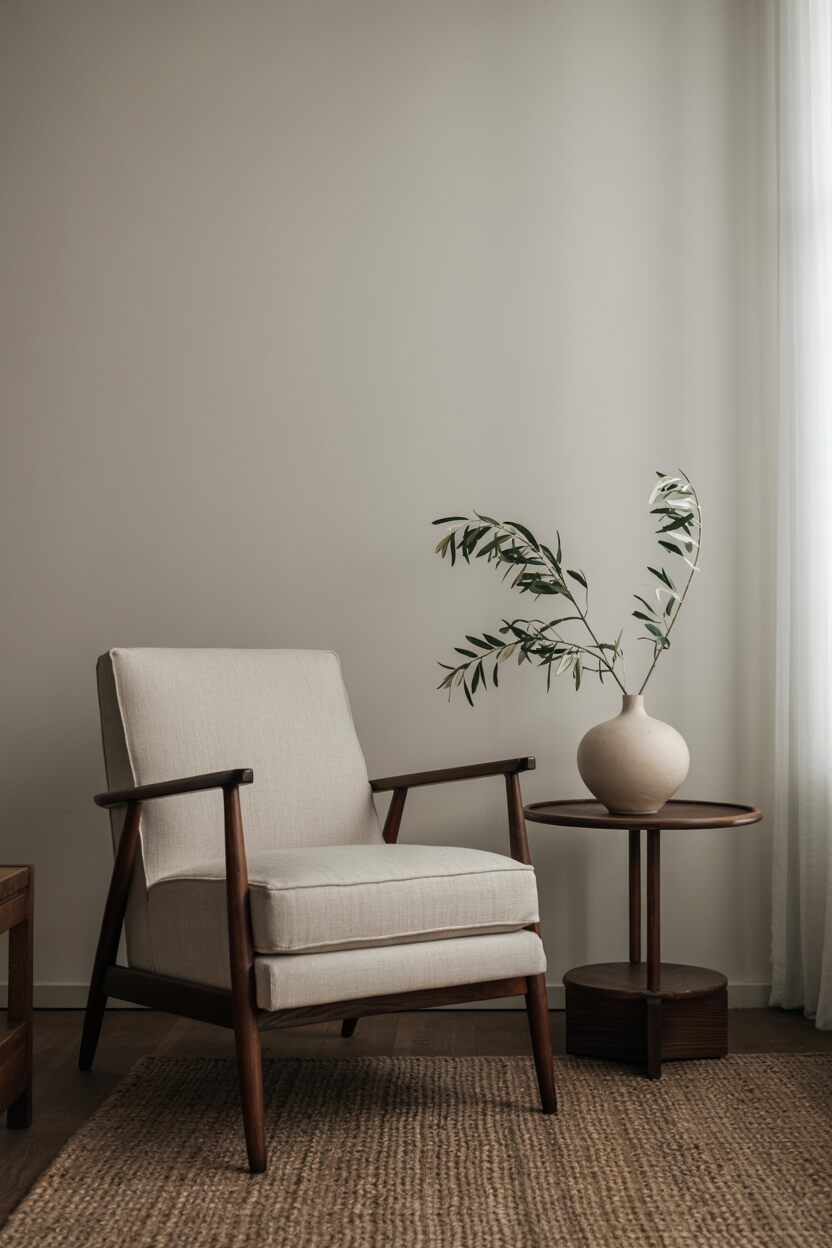
Rather than measuring abundance by how much you have, minimalism redefines wealth as freedom from maintaining, cleaning, and organizing excess stuff.
The One-In-One-Out Rule
Keeping simplicity requires ongoing attention to new things:
- Remove something similar when you add a new item
- Consider what you will leave before bringing something new home
- Give yourself a waiting period before purchases
This practice leads to more careful thinking before buying and creates a natural limit to accumulation based on your space and true needs.
Simplified Decision-Making
Decision fatigue drains thinking resources throughout the day. Try:
- Create a capsule wardrobe of items that mix and match
- Establish standard meal options for busy days
- Set up automatic payments for regular bills
Creating limits through simplified options often increases satisfaction while dramatically reducing the mental energy spent on minor decisions.
The Value of Empty Space
Minimalist design highlights the worth of empty space, which gives visual rest and psychological calm:
- Leave some shelves partially empty
- Keep surfaces clear except for essential or beautiful items
- Resist filling every corner of your home and calendar
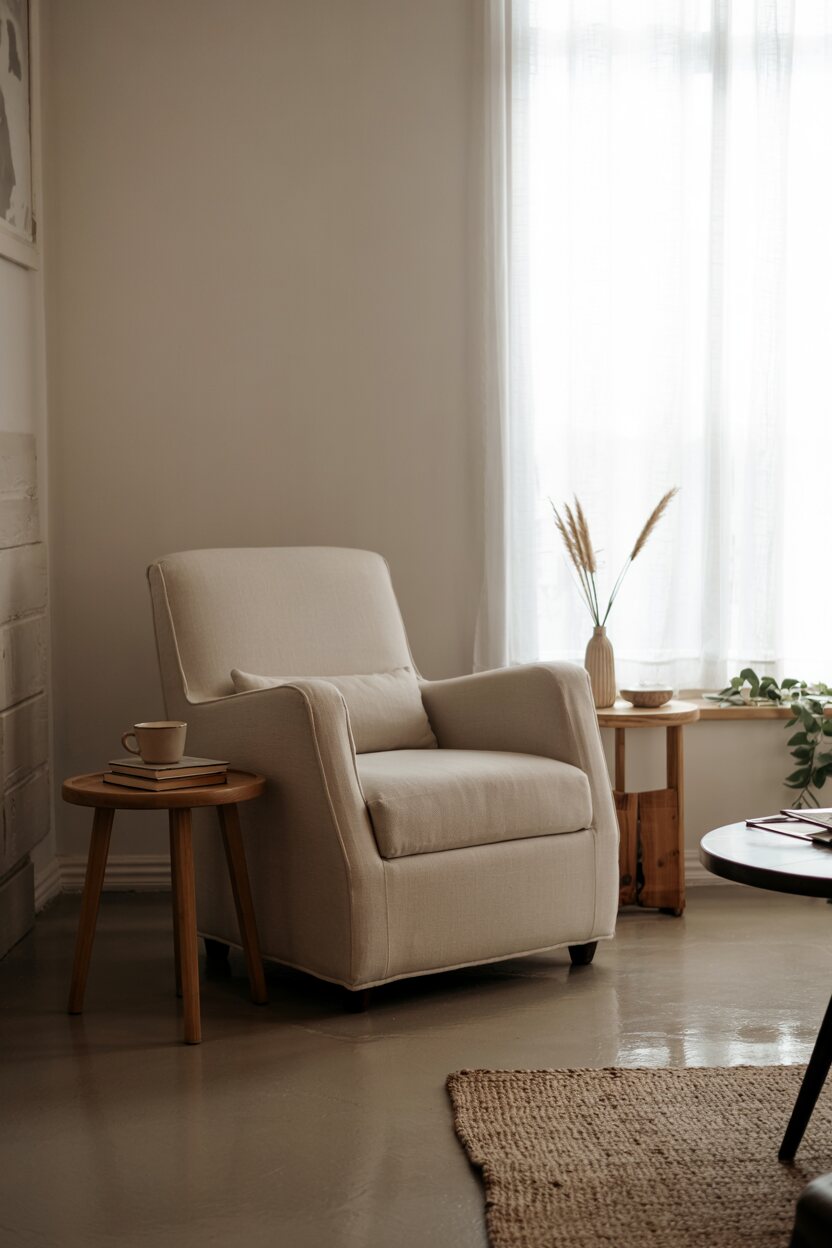
This purposeful spaciousness extends beyond physical environments to scheduling, allowing margin in your calendar for reflection, spontaneity, and rest.
Mental Simplification Practices
True simplification ultimately extends to our mental landscape—how we think and what we focus on.
Mindfulness and Presence
Regular mindfulness practices train attention and reduce mental clutter:
- Try brief meditation sessions (even 5 minutes helps)
- Practice mindful breathing when feeling overwhelmed
- Bring full attention to everyday activities
By developing the habit of present-moment awareness, you can reduce the mental noise of thinking about the past or worrying about the future.
Information Diet Management
The information age bombards us with more content than anyone can process. Try:
- Set specific times for news and social media
- Unsubscribe from emails you never read
- Be selective about what feeds and accounts you follow
Choosing your information with the same care you give to food supports mental clarity and reduces worry triggered by too much exposure to negative or conflicting information.
Value-Based Living
Knowing what matters most provides a powerful filter for decisions:
- Take time to identify your 3-5 core values
- Ask if choices align with these values
- Use values to help you say no to what doesn’t fit
This values-based approach reduces second-guessing and regret about decisions, creating a more coherent and meaningful life story.
Mental Reset Routines
Even with good simplification practices, mental clutter builds up throughout the day. Try:
- Take three deep breaths between activities
- Go for a short walk outside
- Pause for a minute of quiet between tasks
These micro-breaks serve as mental clearing sessions, letting you approach what comes next with fresh focus and clarity.
Even a tiny area set aside for mindfulness can become a powerful tool for mental simplification.
Conclusion
Making your life simpler isn’t a one-time project but an ongoing practice of lining up your spaces, time, and attention with what truly matters to you.
By using the strategies outlined in this guide—digital clearing, physical organization, better time management, streamlined routines, minimalist principles, and mental simplification—you create room for what brings real meaning and joy.
The process of simplification shows that what we often think we need for happiness—more possessions, more activities, more information—actually creates barriers to the very contentment we seek.
True simplicity isn’t about having less, but about making room for more of what counts.
As you implement these approaches, remember that simplification itself should remain simple.
Start with small changes in areas causing the most friction in your daily life, and let your success in these initial efforts build momentum for broader change.
The true measure of successful simplification isn’t how little you have or how empty your schedule is, but whether your environment, time, and attention reflect what truly matters to you.

